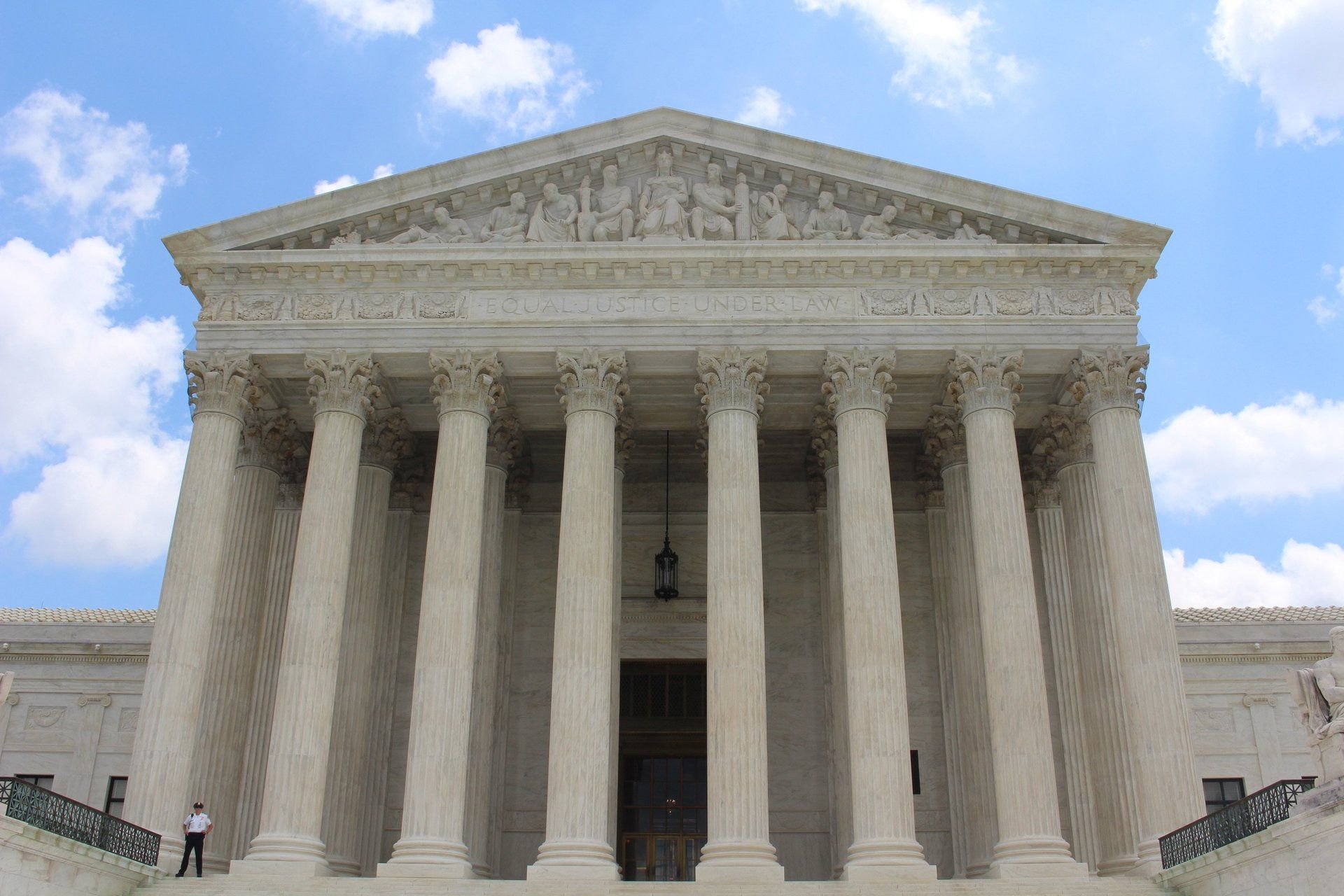EEOC ISSUES NEW RULES ON WELLNESS PROGRAMS

In the 2016 NPELRA Collective Bargaining Survey, a majority of public employers who responded indicated that they currently have a wellness program, and more than half of those employers indicated that it was an incentive based wellness program, with incentives ranging from rebates on health club memberships, cash, gift cards, time off and insurance premium discounts. In May of this year, the Equal Employment Opportunity Commission (EEOC) issued new rules pursuant to the Americans with Disabilities Act (ADA) and the Genetic Information Nondiscrimination Act (GINA), which include a new notice requirement. In June, the EEOC issued a sample notice for employers to provide their workers to notify them about how information collected in a wellness program will be used, and confidentiality practices. Every public employer should take the EEOC rules and guidance into account if they have or are considering an employee wellness program, with or without incentives, and make certain they are in compliance. The rules, which become effective in 2017, are available in the Federal Register ( regulations under the ADA ; regulations under GINA ).
The term wellness program generally refers to health promotion and disease prevention programs and activities offered to employees as part of an employer sponsored group health plan, or separately as an employment benefit. Many such programs require an employee to complete a health risk assessment, or undergo biometric screenings, which often include blood pressure and cholesterol tests. Some programs include components designed to help employees lose weight, stop smoking or learn about nutrition. According to the EEOC, the new ADA rule only applies to wellness programs that require employees to answer disability related questions or undergo a medical examination in order to earn a reward or avoid a penalty. It would not apply, for example, to a wellness program that only requires employees to engage in a certain activity, such as attending a weight loss class or walking a certain amount each week in order to earn an incentive.
Last November, the Legal Corner alerted public employers to the EEOC’s proposed rulemaking to amend regulations implementing Title II of GINA, as they relate to employer wellness plans. Title II of GINA protects job applicants, current and former employees and trainees from employment discrimination based on their genetic information. It also prohibits covered employers from using genetic information in making decisions about employment.
Title I of the ADA prohibits employers from discriminating against individuals on the basis of a disability. Title I also prohibits employers from denying disabled workers access to wellness programs on the basis of disability, and requires employers to provide reasonable accommodations to allow employees with disabilities to participate in wellness programs.
An Overview of the New Rules and Notice Requirement
In its press release describing the new rules, the EEOC noted that while ADA and GINA generally prohibit employers from obtaining and using information about employees’ own health conditions or about the health conditions of their family members, including spouses, both laws “allow employers to ask health-related questions and conduct medical examinations, such as biometric screenings to determine risk factors, if the employer is providing health or genetic services as part of a voluntary wellness program.” (Emphasis added.)
The new final rule under the ADA provides that wellness programs that are part of a group health plan and ask questions about an employee’s health or include medical examinations may offer incentives of up to 30% of the total cost of self-only coverage. For example, if the total cost for the plan in which the employee is enrolled is $6,000 annually, the employer can reward the employee up to $1,800 for participating in the wellness program and/or achieving certain outcomes. The final GINA rule provides that the value of the maximum incentive attributable to a spouse’s participation may not exceed 30% of the total cost of self-only coverage, the same incentive allowed for the employee. Significantly, no incentives are allowed for health information concerning an employee’s children, or in exchange for specified genetic information, such as family medical history or the results of genetic tests, of an employee, the employee’s spouse and an employee’s children.
The new rules include important restrictions designed to safeguard health information. The ADA and GINA rules only permit information from wellness programs to be disclosed to employers in aggregate terms.
The New Notice Requirement
The ADA rule requires employers to give participating employees a notice that tells the employee what information will be collected as part of the wellness program, with whom it will be shared and for what purpose, the limits on disclosure and the way information will be kept confidential. In June, the EEOC issued a sample notice to help employers who have wellness programs comply with the obligations under the new ADA rule. The notice is available here. In addition, the EEOC has posted a short question and answer document describing the notice requirement and how to use the sample notice.
The EEOC’s sample notice makes it clear that the wellness program is voluntary only, includes spaces for the employer to delineate the incentives available under the program, and specifically addresses the confidentiality of personally identifiable health information, in an effort to protect employee privacy. For example, the notice provides that:
Although the wellness program and [name of employer] may use aggregate information it collects to design a program based on identified health risks in the workplace, [name of wellness program] will never disclose any of your personal information either publicly or to the employer, except as necessary to respond to a request from you for a reasonable accommodation needed to participate in the wellness program, or as expressly permitted by law. Medical information that personally identifies you that is provided in connection with the wellness program will not be provided to your supervisors or managers and may never be used to make decisions regarding your employment.
While employees are not required to sign the notice, it must be provided and the burden will surely be upon the employer to make sure the notice has been provided to participating employees.
Wellness Programs Must be Voluntary
An employee’s participation in a wellness program that includes disability related inquiries or medical examinations must be voluntary under the ADA. Indeed, that is one of the purposes of the foregoing notice requirement. Voluntary participation means, for example:
– An employer may not require an employee to participate;
– An employer may not deny an employee who elects not to participate in a wellness program access to health coverage or prevent an employee from choosing a particular plan offered to employees generally;
– Take adverse employment action against an employee who chooses not to participate in a wellness program or fails to achieve certain health outcomes.
What Should Employers Do?
As a result of the newly issued regulations and notice requirement, public employers should consider taking the following steps:
1. Review any wellness programs to insure that they fully comply with the EEOC’s ADA and GINA incentive rules. Make certain your covered wellness programs are voluntary only.
2. Develop a notice to be given to all employees who choose to participate in a voluntary wellness program.
3. Make certain that any medical information gathered pursuant to a wellness program is treated in a confidential manner, as required by the new rules.
4. Employment decisions should not be based upon confidential information gathered about a particular employee pursuant to a wellness program.
5. Educate any managers or supervisors responsible for administering your wellness program about the new requirements.





